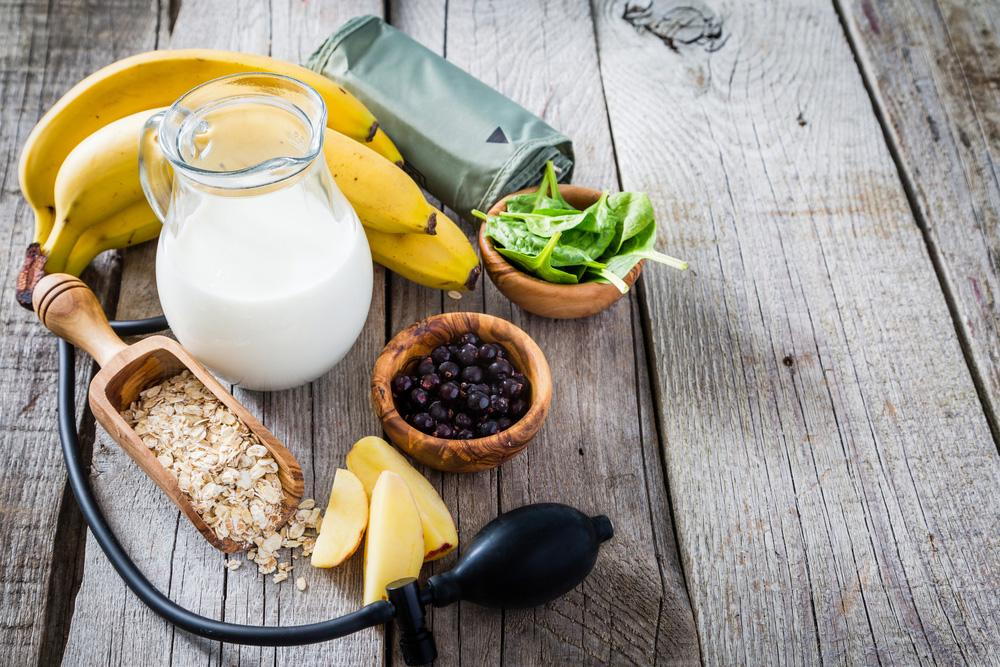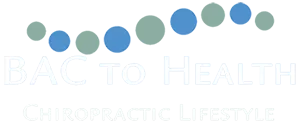
Aaaaahhhhh. Imagine the sound of fresh cold milk as it’s poured into a tall glass. I can almost taste the sweetness; the thirst-quenching and refreshing ice-cold beverage, that just seems to hit the spot! All is bliss for a while, until it happens… the gurgling, the cramping, the bloating, the “I have got to go RIGHT NOW” feeling.
You are not alone. Milk and dairy sensitivities affect about 30 million people in the United States.
According to Webster’s dictionary, the definition of dairy is “food made from or containing milk.” This is a great food source to eat if you are a cow, but not if you are a human.
Physiologically, when humans consume dairy foods, it starts an inflammatory cascade. The two main components in milk that cause problems are lactose (milk sugar) and casein (milk protein). Our digestive systems are not designed to digest these items and cause a host of reactions within us. Some common symptoms of dairy sensitivity or even dairy allergies are gas, bloating, diarrhea, constipation, fatigue, joint pain, skin problems, sinus problems, and mucus production. Most people attribute these symptoms to other causes and never really look at their food consumption. Although the evidence is very clear, it is common to want to deny the correlation between these symptoms and dairy consumption.
In addition to the natural components in milk that cause us havoc, cows today are pumped full of antibiotics to keep them “healthy”, while producing milk. These medication residues make their way into the milk we drink, and ultimately into us.
I am often asked about getting enough calcium in one’s diet if dairy is not a part of it. The fact is, that the calcium in dairy foods is not well absorbed by our bodies and can actually lead to osteoporosis, instead of preventing it. Instead of a cup of cottage cheese, try eating one average size orange (provides approximately 40 mg of calcium). Instead of spreading cream cheese on your bagel, try one cup of broccoli (180 mg of calcium) on the side. Calcium is also found in spinach (1 cup has 30 mg of calcium), in salmon (3 ounces of salmon have 180 mg of calcium), and also in eggs (2 eggs have 50 mg of calcium).
In addition to calcium rich foods, there are also plant-based milks that are very tasty and refreshing, enriched with calcium and vitamin D, and without all of the harsh side effects that cow’s milk has.
Contact us today at Bac to Health Chiropractic Lifestyle to learn more about better diet choices!
